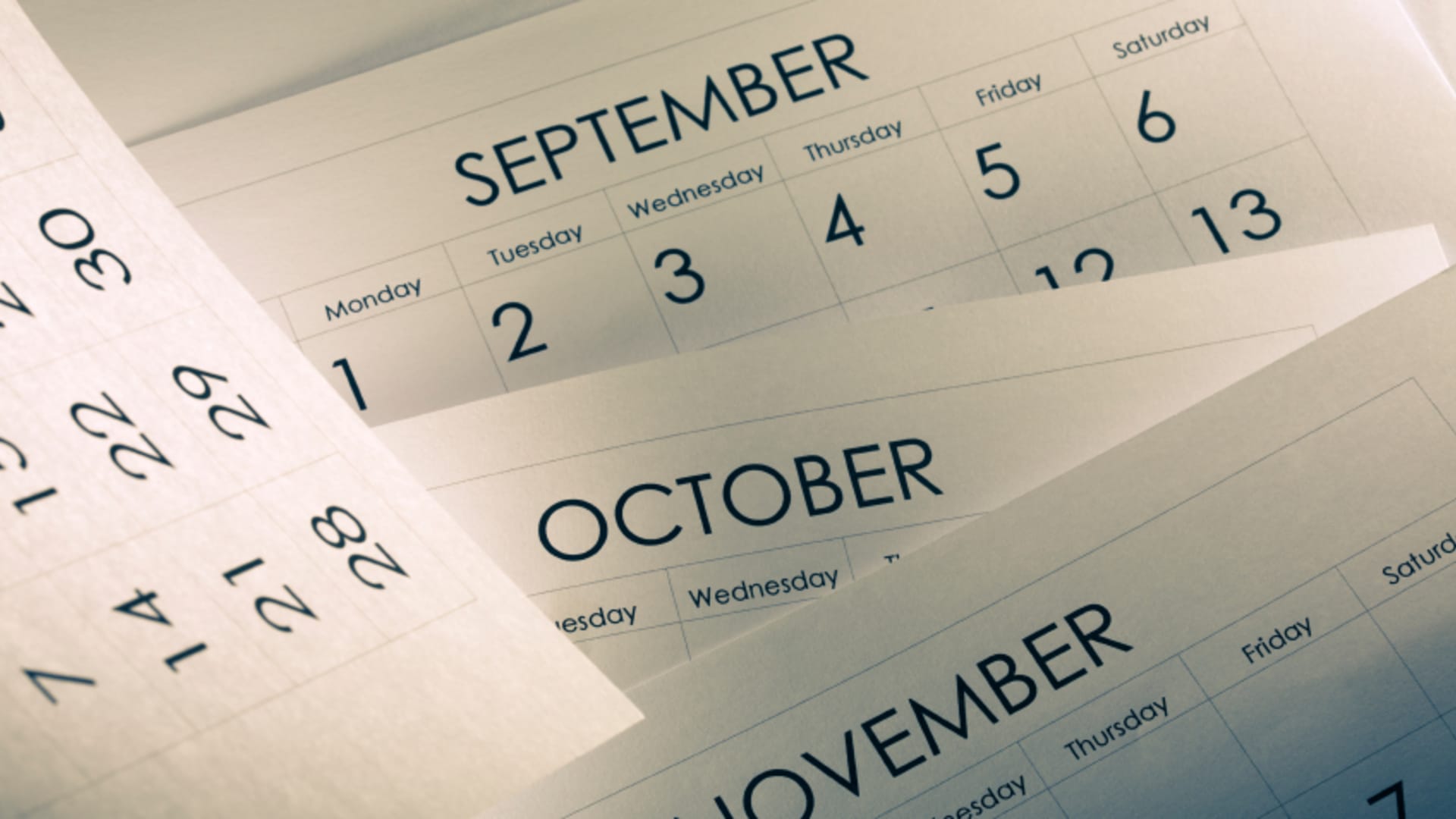Why are September and October historically weak for stocks? For answers, I turned to Mark Higgins, senior vice president at Index Fund Advisors and author of the book, Investing in U.S. Financial History: Understanding the Past to Forecast the Future.
The answers have been edited for clarity.
What is it with September and October being weak months for stocks? Has this always been the case?
Yes. The most intense panics on Wall Street have tended to occur during the late summer and early autumn months. This can be traced all the way back to the 1800s. A few notable examples of exceptional panics include Black Friday of 1869, the Panic of 1873 and the Panic of 1907.
But why September and October?
It is a byproduct of an old weakness in the U.S. financial system. Prior to the reintroduction of a central banking system with the passage of the Federal Reserve Act of 1913, the U.S. was limited in its ability to adjust the money supply in response to market conditions.
The inelasticity of the U.S. currency made the late summer and early autumn months an especially precarious time, due to the agricultural financing cycle. In the 1800s, the U.S. economy still relied heavily on agricultural production. For the first eight months of the year, American farmers had a limited need for capital, so excess funds held on deposit in state banks were shipped to New York banks or trust companies to earn a higher rate of return.
When harvest time arrived in August, state banks began withdrawing their capital from New York, as farmers drew on their accounts to fund transactions required to ship crops to market.
The agricultural financing cycle created chronic shortages of cash in New York City during the autumn months. If these shortages happened to coincide with a financial shock, there was little flexibility in the system to prevent a panic.
How did the government respond to these panics?
The limited ability of the government to react was the primary impetus for the passage of the Federal Reserve Act of 1913. The Act granted the Fed the power to serve as a lender of last resort during financial crises. Prior to the Act, leading financiers (most notably J.P. Morgan) were forced to assemble ad hoc solutions that relied primarily on private capital. After the U.S. barely avoided a catastrophic collapse of the financial system during the Panic of 1907, there was just enough political support for the return of the third and final iteration of a central banking system in the United States.
Did the creation of the Federal Reserve provide more stability to markets?
Yes, and if one compares the frequency, intensity and misery of financial panics during the 1800s, this is plainly evident. In fairness, the Fed made a few mistakes along the way, with the most notable being its failure to stop the contagion of bank failures in the 1930s. But, by and large, the U.S. financial system has been much more stable since the Federal Reserve became operational in late 1914.
Still, the U.S. economy is not primarily agricultural anymore. Why are September and October still weak months?
People tend to fear things that have happened before even if they don’t remember the origin of the fear. It may be that the fall panics have repeated so many times that they have become a self-fulfilling prophecy. In other words, people expect them, and because they expect them, they behave in ways (i.e., reducing risk in late summer and early fall) that make them more likely. I know this sounds like a stretch, but it does seem like it may actually be real.

 Blog Post1 week ago
Blog Post1 week ago
 Economics1 week ago
Economics1 week ago
 Finance1 week ago
Finance1 week ago
 Economics1 week ago
Economics1 week ago
 Economics1 week ago
Economics1 week ago
 Personal Finance1 week ago
Personal Finance1 week ago
 Accounting1 week ago
Accounting1 week ago
 Economics1 week ago
Economics1 week ago









